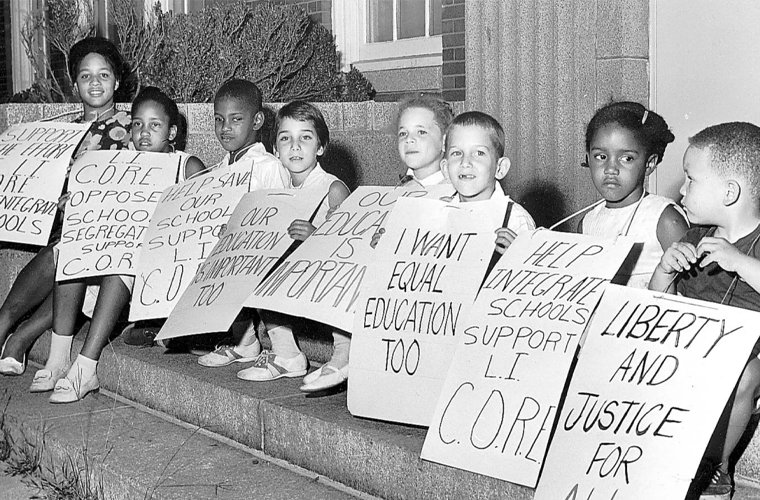The desegregation of public schools in America has been a long and complex process that has had a profound impact on the education system and society as a whole. Beginning in the mid-20th century, the push for desegregation was a pivotal moment in the civil rights movement and led to significant changes in the way public schools operate.
Before desegregation, public schools in America were largely segregated along racial lines, with African American students attending separate, often inferior, schools compared to their white counterparts. This segregation was a result of discriminatory laws and policies that enforced racial segregation in many aspects of American life, including education. The landmark Supreme Court case Brown v. Board of Education in 1954 was a turning point in the fight against school segregation. The Court ruled that racial segregation in public schools was unconstitutional, effectively overturning the “separate but equal” doctrine established in the 1896 case Plessy v. Ferguson. This decision marked the beginning of efforts to desegregate public schools across the country.









Despite the legal victory in Brown v. Board of Education, the implementation of desegregation was met with significant resistance from many white communities and local governments. This resistance took various forms, including legal challenges, violent opposition, and attempts to circumvent desegregation through tactics such as “white flight” to private schools.
In response to these challenges, the federal government took steps to enforce desegregation through measures such as the Civil Rights Act of 1964 and the Elementary and Secondary Education Act of 1965. These laws provided funding and enforcement mechanisms to ensure that public schools complied with desegregation requirements. The process of desegregation was not without its challenges and controversies. Busing, for example, became a contentious issue as school districts sought to achieve racial balance by transporting students to schools outside of their neighborhoods. This practice sparked heated debates and protests, highlighting the deep-seated resistance to desegregation in many communities.
Over time, desegregation efforts have led to significant changes in the racial composition of public schools. While progress has been made in reducing overt segregation, many schools still struggle with de facto segregation resulting from residential patterns and economic disparities. Efforts to address these ongoing challenges continue to be a focus of education policy and advocacy. The impact of desegregation extends beyond the racial composition of schools. Research has shown that integrated schools can have positive effects on academic achievement, social development, and attitudes toward diversity. By bringing students from diverse backgrounds together, desegregated schools can promote understanding and reduce prejudice, contributing to a more inclusive society.
Despite the progress made since the days of segregated schooling, desegregation remains an ongoing and complex issue in American education. Efforts to promote diversity, equity, and inclusion in schools continue to be important priorities for educators, policymakers, and communities. As America grapples with persistent racial disparities and challenges, the legacy of desegregation serves as a reminder of the ongoing work needed to ensure equal access to quality education for all students.

